A tried and tested recipe for making perfect ginger milk curd, a popular Cantonese dessert with an interesting flavour and silky texture.
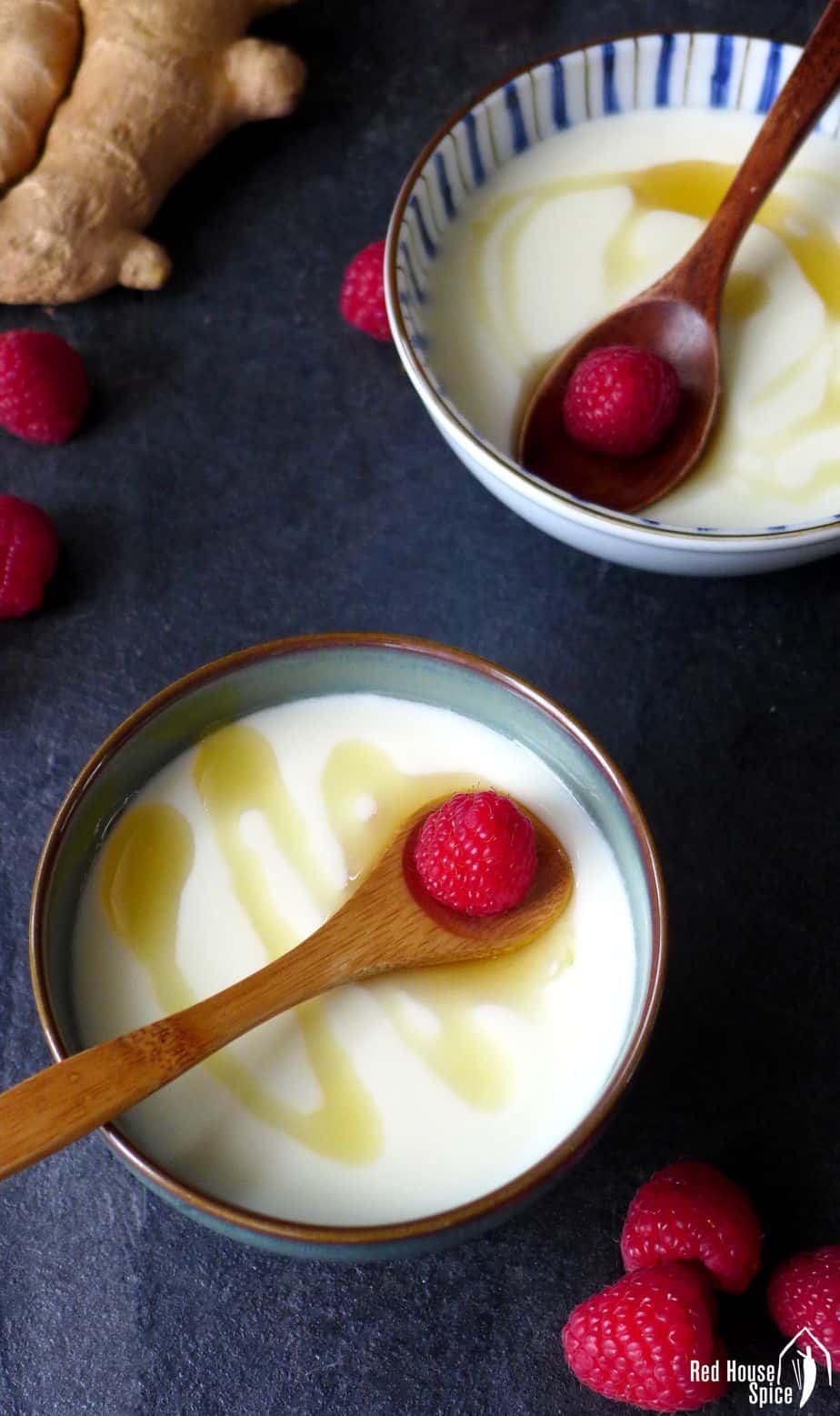
A dessert with unusual flavour
I fell in love with ginger milk curd “at first taste” years ago. Its unusual flavour combination and the silky, slippery texture was a new experience on my palate. I didn’t realize back then that it was so simple to make.
You only need ginger, milk and sugar, without using any curdling agent or any sophisticated culinary technique.
However, producing a curd with the right texture is a tricky business. Through trial and error, I’ve finally found a formula to make the perfect ginger milk curd.
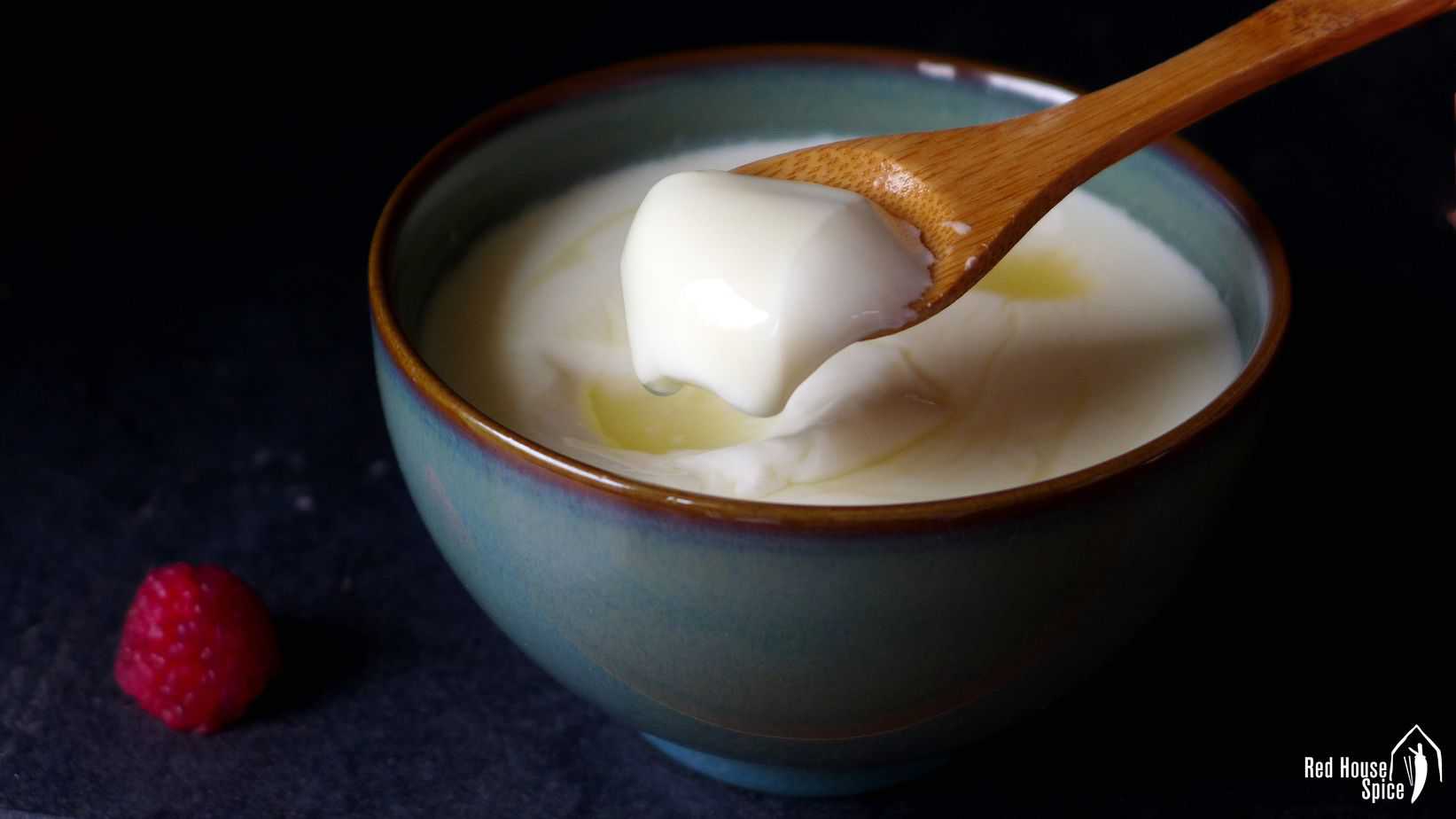
A “magical” curdling process
Originating in Shawan town, Guangdong province in China, ginger milk curd (姜汁撞奶) is one of the most popular desserts in Cantonese cuisine. The literal meaning of its Chinese name is “ginger juice bumping into milk”. As the name suggests, you simply pour hot milk onto ginger juice, then you’ll have a bowl of curd. It’s rather magical, isn’t it? This is how Wikipedia explains its biochemical principle:
“Ginger contains the protease zingipain. When milk is added to ginger juice, this protease catalyses denaturation of the protein in the milk, changing it from a water-soluble form to a water-insoluble form, and leads to the formation of milk curd. ”
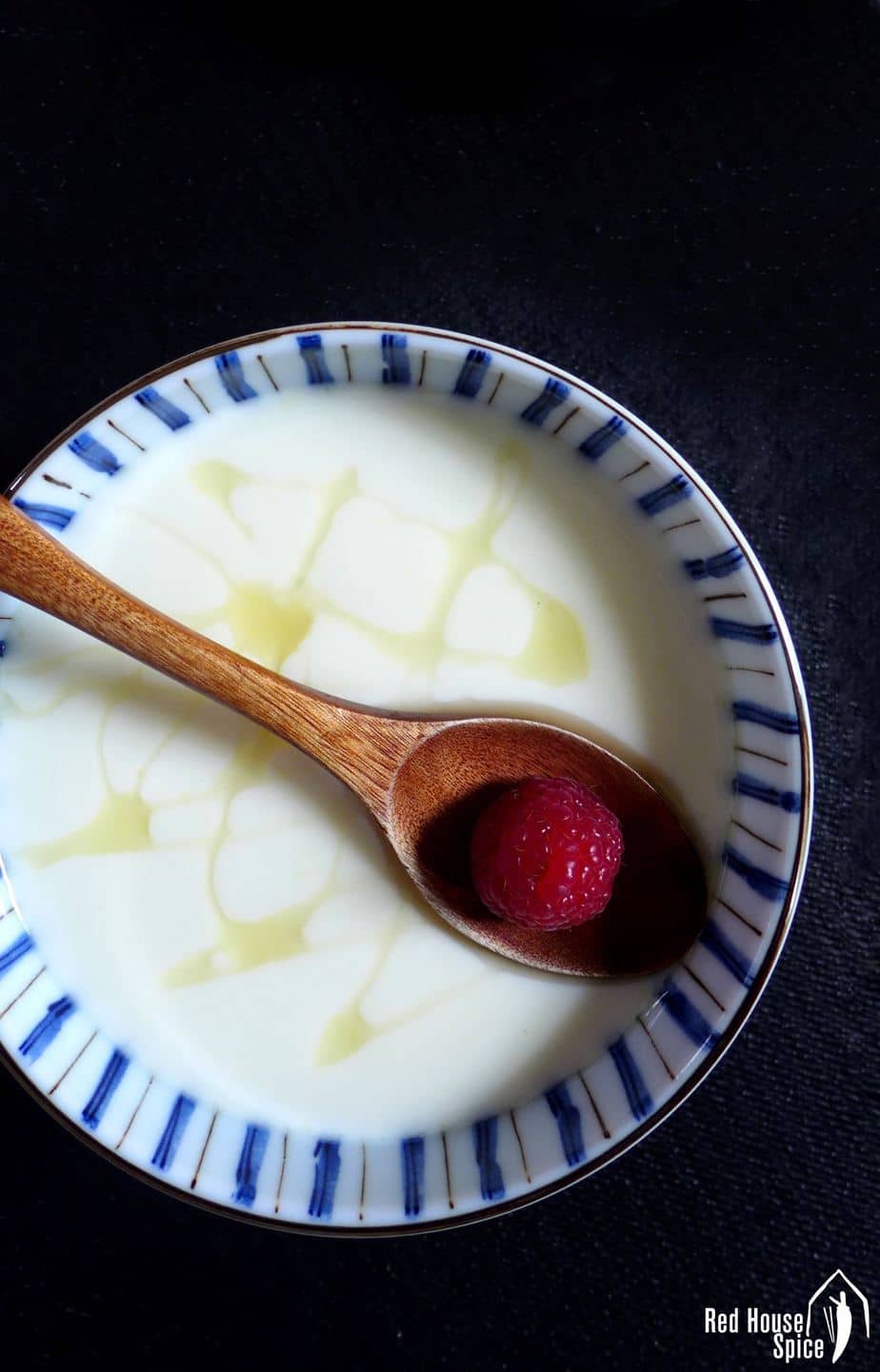
It was purely out of curiosity that I first tried to make this dessert. Unfortunately, I soon realized that I couldn’t always guarantee success. Sometimes I would end up with a bowl of lumpy milk or even just liquid. In order to find a fail-proof formula, I’ve done lots of research and kitchen experiments. Finally, I’ve found the solutions.
The best ratio of ginger juice, milk and sugar
Too much ginger juice will make the dessert too spicy to enjoy, then you will need quite a bit of sugar to balance the flavour. If the ginger juice is not enough, the curdling process won’t be triggered.
In my recipe, I use 1 tablespoon of ginger juice for 200ml milk. This way the curd is firm enough and the spiciness is compensated with 2 teaspoons of sugar.
It creates an ideal taste for me personally (like most Chinese, I don’t have a sweet tooth). If you like it sweeter, I suggest pouring a little honey over the curd as ginger and honey is a classic flavour combination.
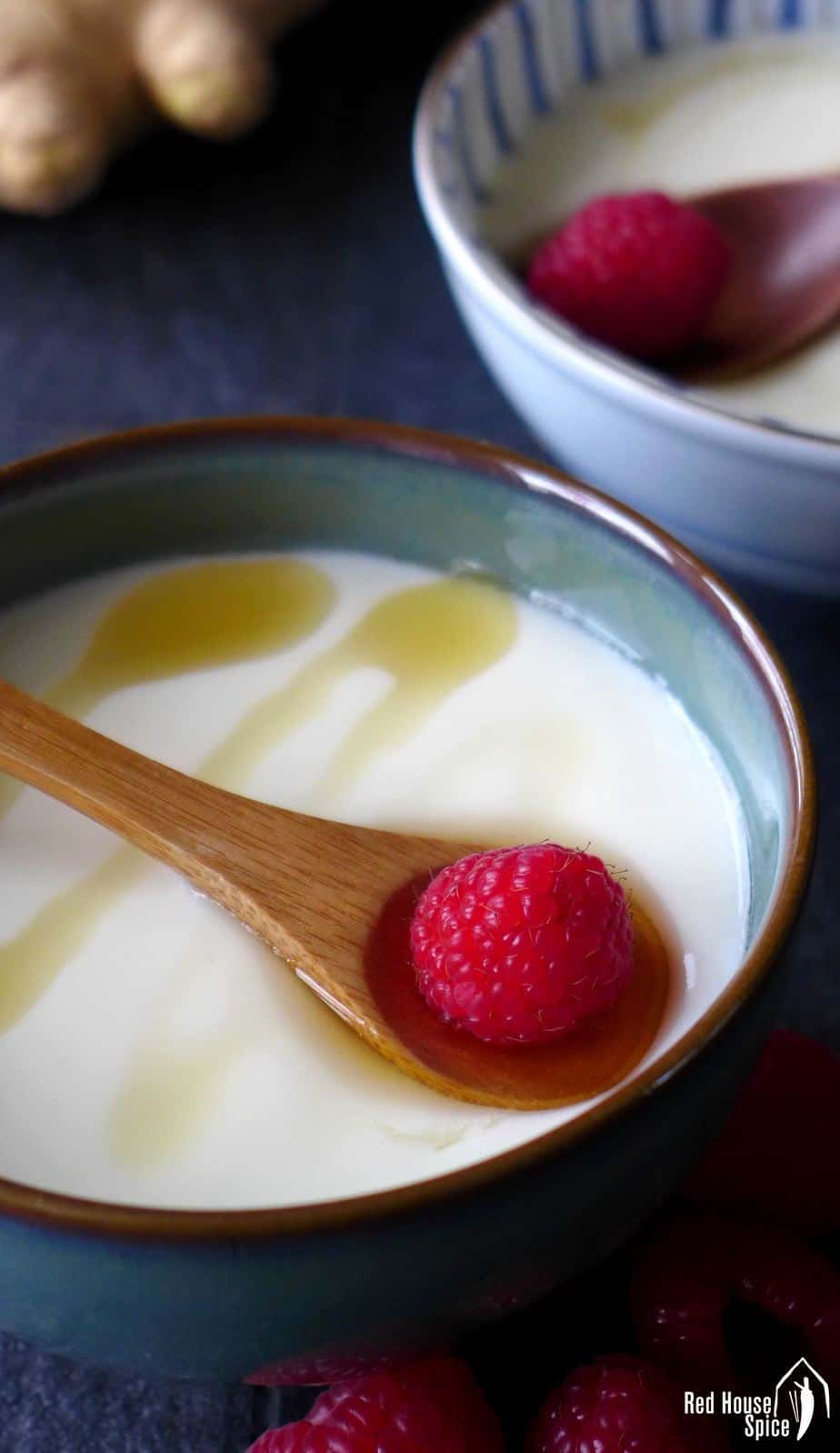
The optimum temperature for the milk
I’ve found many recipes with vague instructions: “the milk is hot to touch with your tongue but won’t burn you”, “heat up the milk until it almost boils”, “the milk should be at 70-80°C”, etc. It doesn’t always work when following those recipes. Eventually, I bought a kitchen thermometer (that was £2.99 well spent) to experiment. 70°C/158°F appeared to be the right answer.
Apart from heating the milk on a stove, I also tried using a microwave. For an 800-watt microwave like mine, you need 1 minute and 40 seconds to heat the milk (chilled) to an ideal temperature (add the sugar halfway through). If your microwave has a different wattage, please see the conversion suggestion in recipe note.


Volià! That’s it! To me, cooking is an art. However, my ginger milk curd experiments remind me that it’s also a scientific endeavour.
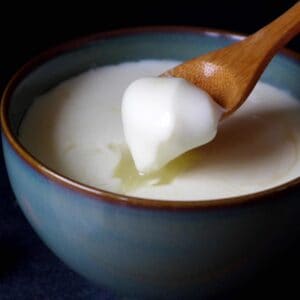
Fail-proof ginger milk curd (姜汁撞奶)
Ingredients
- 1 tablespoon ginger juice - from about 30g ginger
- 200 ml fresh milk - see note 1
- 2 teaspoon sugar
- Honey and fresh berries - optional
Instructions
Prepare the ginger juice
- Peel and finely grate the ginger. Press grated ginger through a sieve placed on top of a small bowl. You need to get about 1 tablespoon of ginger juice.
Heat up the milk
- Option A: If you have a kitchen thermometerHeat the milk in a saucepan. Stir in sugar when milk is warm. Closely observe the temperature on the thermometer. When it reaches 70°C/158°F, remove the pan from the heat.
- Option B: If you have a microwaveHeat chilled milk (out of the fridge right before using) in a container on full power (800-watt, see note 2 for power conversion) for 1 minute. Take it out and stir in the sugar. Then microwave for a further 40 seconds.
Make the curd
- When the milk is ready, stir the ginger juice with a spoon. Pour the milk quickly onto the juice.
- Leave to set. Do not move the bowl or stir the milk. The curd will be fully set in about 10 minutes.
Serve the curd
- You may serve it warm (traditional way) or cold (what I prefer). If you wish, pour a little honey on top and decorate with fresh berries before serving.
NOTES
NUTRITION
NUTRITION DISCLOSURE: Nutritional information on this website is provided as a courtesy to readers. It should be considered estimates. Please use your own brand nutritional values or your preferred nutrition calculator to double check against our estimates.

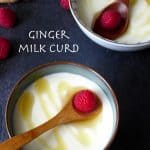
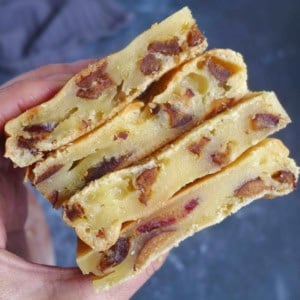
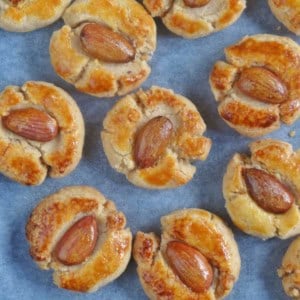
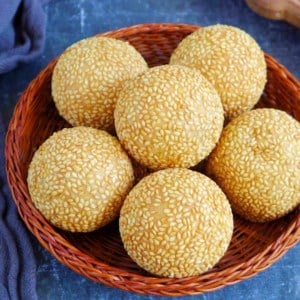
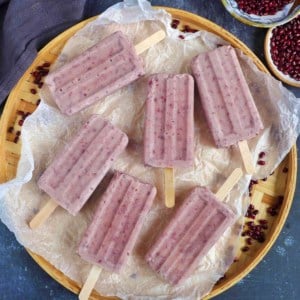
Hi Wei, I was just discussing this post/recipe of yours with my mom. She said the Chinese verb in your title is “chong” (Cantonese) not “dun.” “chong lai” would indeed mean “bumping into milk,” but “dun lai” refers to the cooking methods of steaming or cooking in a water bath. Whatever the case, I have enjoyed Chinese ginger milk curd and custards, and I didn’t know steaming was not required! This method sounds perfect for enjoying a single or small number of servings with little fuss. I’m eager to try it out. I wonder if your readers who have said it set a little, but not really expected a firmer set and do not know that it is expected for this dessert to only be quite lightly set?
I have attempted this treat with marginal success, until recently. It has been such a cold start to 2019 where I live that the dishes in my cupboard were like they were in the refrigerator. Then it hit me like a bolt of lightning! It was not the temp of the milk that was the issue. It was the cups or bowls were too cold and it cooled the scalded milk too quickly!
So in advance, I warmed the cups with water while scalding the milk. I followed the steps as per the recipe and it was the thickest curd I had ever made. Everyone thought that I had added a little gelatin to the recipe!
Thanks for letting me share,
Kris
That’s great Kris! Yes, the temperature of the cup/bowl will affect the result. Thank you for sharing your tip and my readers will appreciate your input.
This worked for me even with converting the time of the milk spent in a 1000-Watt microwave. I did not expect how gingery it was going to be; but also quite warming.
That’s great! Yes, it’s quite gingery. If you wish, add some honey to balance the spiciness.
Hello! I know for sure that the first two characters in the name means ginger juice (姜汁), but what do the third and fourth characters (撞奶) mean?
Hi Josh! 撞 is a verb. It means to hit or to bump into. 奶 means milk. As I’ve explained in the post, the literal meaning of this dish’s Chinese name is “ginger juice bumping into milk”.
I tried the first time with full fat milk and the curd is not so firm but will try again. This time l tried fresh soy milk l made myself but it doesnt curd at all.
Hi Connie, I’ve never tried to make it with soy milk. But I don’t think it will work exactly the same way. I will give it a try and update the result on this post. Thank you for reminding me.
I followed the instructions exactly, using 2% milk and a candy thermometer on the stovetop to get the exact temperature. I also measured the strained ginger juice, and stirred it just before adding the milk. Unfortunately, it also ended up watery, curds just starting to form and the taste was very gingery. Thanks anyway for posting this and I love that you did some research and experiments on this, but it didn’t work for me.
Hi Alice! Thank you for trying my recipe and I’m sorry to hear that it didn’t work for you. As you followed my instruction, I don’t really know what went wrong. Just a guess, did your candy thermometer touch the bottom (or the side) of the pot? If so, the milk heated in the pot wouldn’t have reached the ideal temperature. And if it is too gingery to your taste, you can add a spoonful of honey to balance.
Can I use a non diary milk ie soy or coconut milk/cream instead as I am a vegan?
I haven’t tried it with soy or coconut milk but I don’t think they will trigger the curdling. You can have a look at the biochemical principal of this dish explained on Wikipedia.
Can i use ginger powder instead?
Hi Joyce! I’m afraid that you can not replaced fresh ginger with powdered ones for this recipe.
Just tried this recipe. Steps are straight forward and the taste is very good. Unfortunately, mine doesn’t set properly. It started to form but still pretty watery. I used microwave to heat up the milk (2%) and wait till temperature drops to 70 and then add to the ginger juice. Do you think my failure is due to there isn’t enough fat content in the milk?
Hi Jackson! Sorry to hear that the curd didn’t firm up very well. I don’t think it’s the fat content that matters. I usually used British semi-skimmed milk which contains 1.8% fat. I’d like to remind you of a few key points: 1. Use enough fresh ginger juice (1 tablespoon for 200ml milk)? 2. Stir the juice very well before pour in the milk. 3. Pour the milk onto the juice quickly. 4. Leave it to set (without moving the bowl at all) for at least 10 minutes? I’m pretty confident that it should work if you follow my recipe strictly. Good luck!
I’ve been eating this since I was a little kid and never realized how easy it is to make! Definitely will give this a go, thanks for the recipe!
Thank you for visiting Chooun! I understand how important the taste of childhood is! It is easy as long as you get the temperature right. Good luck!
I just made this, and it’s deffo super easy to make. Great for how cold it is in the UK now and nutritious too! Thank you for sharing Wei!
That’s great to hear! Yes, it’s a perfect treat for gloomy days. Take care!
If you prefer a firmer curd, drain the liquid by placing in a sieve and leaving overnight.